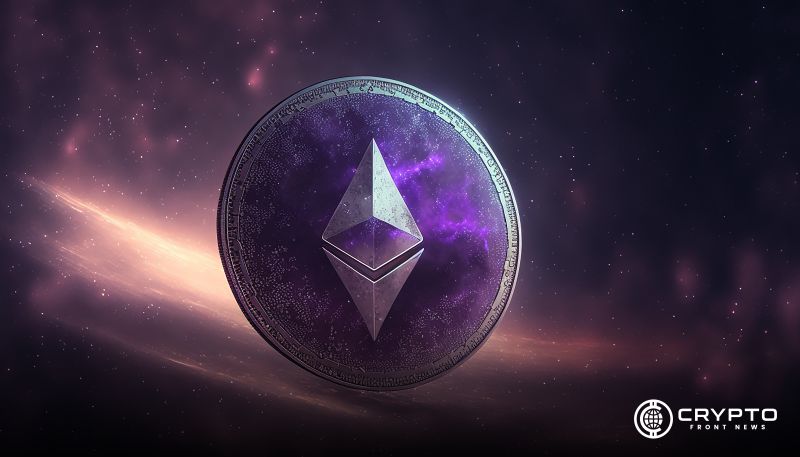- Ethereum’s fee tariff proposals could reduce Layer-2 growth and harm the network’s decentralized structure, says crypto founder Zhang.
- Mainnet usage and fees have declined since data blobs launched, shifting most transaction volume to Layer-2 platforms.
- ETH’s future depends on adoption across roll-ups, not mainnet fees, according to Zhang and other Ethereum stakeholders.
A growing debate has emerged within the Ethereum community over proposals to impose fees on Layer-2 networks, sparking concerns about long-term consequences. Crypto founder Zhang warned that charging Layer-2s could significantly damage Ethereum’s position as a decentralized, credibly neutral settlement layer.
Zhang responded to increasing calls from some in the Ethereum community who believe that Layer-2s benefit from the network without contributing back. These critics point to Ethereum’s declining mainnet activity and revenue, which they attribute to the growing presence of L2 networks. However, Zhang argued that attempting to generate short-term revenue through L2 tariffs is unsustainable and more suitable for centralized systems than for decentralized ecosystems like Ethereum.
L2 Growth Cited as Factor in ETH’s Inflation and Value Decline
The discussion gained traction after recent claims by well-known industry figures. Andre Cronje, co-founder of Sonic (formerly Fantom), suggested that Layer-2 networks contributed to Ethereum’s return to inflation. Crypto investor Nic Carter echoed concerns, saying that the surge of tokens on Ethereum diluted its value.
Ethereum’s recent implementation of data blobs in 2024 has shifted most user activity and transaction fees to Layer-2 platforms. This has resulted in a sharp drop in mainnet usage and fees. With ETH already down 43 percent this year, several stakeholders, including Ethereum co-founder Vitalik Buterin, have urged L2s to contribute more to the mainnet’s financial sustainability.
ETH’s Role as Store of Value Over Fee-Driven Asset
Despite this, Zhang maintained that Ethereum’s future does not lie in maximizing fee revenue. Instead, he emphasized its function as a central hub connecting multiple Layer-2 ecosystems. He highlighted that the value of ETH should come from its role as a core asset across decentralized roll-ups, not from mainnet transaction fees.
According to Zhang, any move to tax Layer-2 networks could push developers and users away from Ethereum, weakening its network effects. Other voices in the community, including user Lurebian on social platform X, expressed similar concerns. They warned that Ethereum’s current advantage as the preferred platform for L2s could erode if the network becomes extractive.






